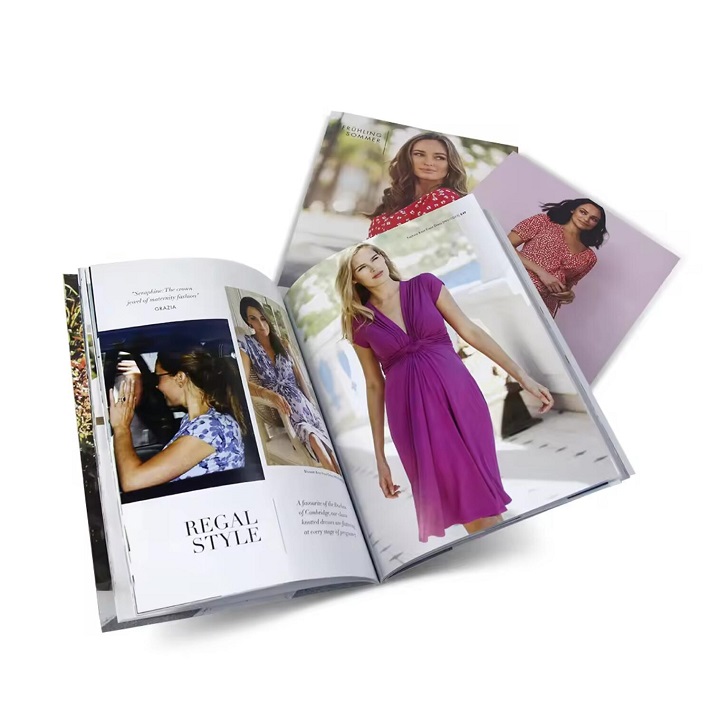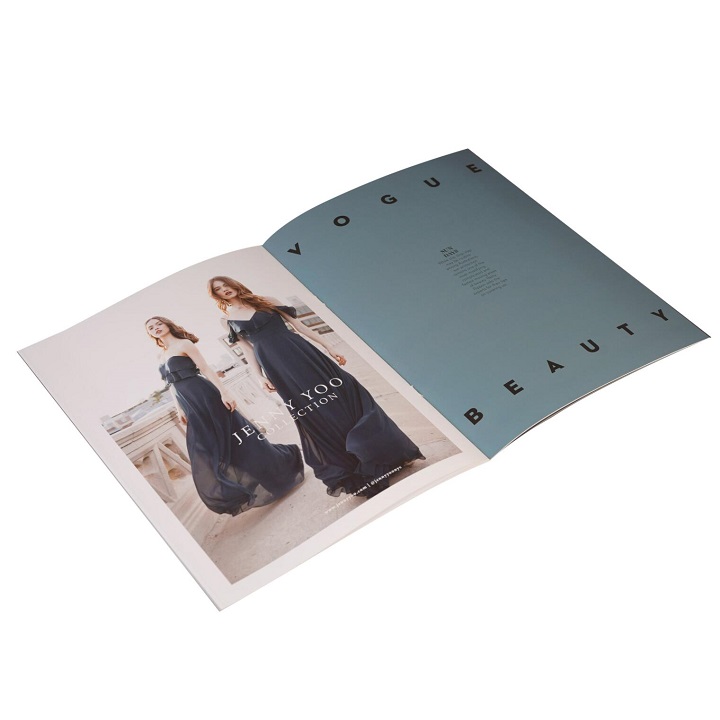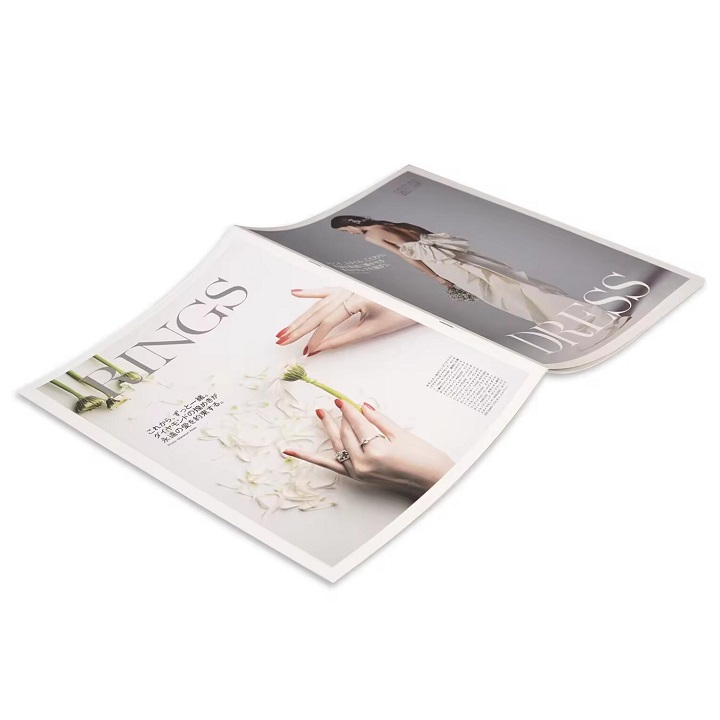A lookbook is a powerful visual marketing tool widely used in the fashion, design, and photography industries. But what exactly is a lookbook, and why has it become so essential for brands and creatives? This article explores the concept of a lookbook, its purpose, how to create one, and its impact on branding and marketing. Along the way, you will find illustrative examples and answers to common questions about lookbooks.

What Is a Lookbook?
A lookbook is a curated collection of photographs designed to showcase a model, photographer, style, designer, or clothing line. It typically features images of models wearing garments or styled products, often accompanied by descriptive text, product details, or style tips. Originally, lookbooks were printed booklets sent to consumers or industry insiders, but today they are predominantly digital, accessible on websites, social media, and digital catalogs.
Visual Example:
Imagine a sleek booklet with high-resolution images of models wearing the latest seasonal collection, each page highlighting different outfits with minimal text and clean layouts.

What Is the Purpose of a Lookbook?
The primary goal of a lookbook is to present fashion or design trends visually to capture consumer attention and inspire them to explore or purchase products. It serves as a storytelling platform where brands communicate their aesthetic, identity, and vision through compelling imagery and design. Lookbooks help consumers understand what a brand offers and how to style or use the products.
Key Objectives:
Showcase new collections or product lines
Highlight unique design details, textures, and cuts
Tell a brand story or evoke a lifestyle aspiration
Promote inclusivity and diversity through model selection
Reinforce brand values and social/environmental commitments
How Did Lookbooks Evolve?
Lookbooks originated in the late 1980s and early 1990s as simple, spiral-bound booklets featuring photographs of runway outfits. They evolved from fashion catalogues and stylist notebooks, serving as quick visual references for fashion editors and stylists. Over time, lookbooks became more artistic and accessible, especially with the rise of digital platforms, allowing brands to reach wider audiences instantly.
How to Create an Effective Lookbook?
Creating a lookbook involves several key steps:
Plan Your Design
Define the theme, target audience, and brand message. Decide on the style and mood you want to convey.
Create a Draft
Select the best photographs and organize them logically, often by outfit, style, or collection.
Produce the Lookbook
Use graphic design software to layout images and text, ensuring a clean, cohesive aesthetic.
Edit and Refine
Review for consistency in typography, color palette, and image quality.
Publish and Share
Distribute digitally via websites, social media, or email newsletters, or print physical copies for events or clients.

What Are the Key Design Elements of a Lookbook?
A lookbook’s design should enhance the content without overpowering it. Common design principles include:
White Space: Provides breathing room and focuses attention on images.
Simple Typography: Often sans serif fonts for readability and modernity.
Limited Color Palette: Maintains brand consistency and visual harmony.
Consistent Hierarchy: Clear distinction between headings, captions, and body text.
One Project per Page: Allows each look or product to stand out.
Visual Example:
A minimalist lookbook page with a full-page image on the left and a brief description on the right, using a neutral color scheme and clean fonts.
Examples of Lookbook Styles
Lookbooks vary widely depending on the brand and purpose. Here are some popular styles:
| Lookbook Style | Description | Ideal For |
| Minimalist | Clean layouts, ample white space, simple typography | High-end fashion, photographers |
| Bold and Colorful | Bright colors, dynamic layouts, playful fonts | Streetwear, pop culture brands |
| Editorial | Magazine-style with heavy text and storytelling elements | Luxury brands, fashion editorials |
| Portfolio/Photobook | Focus on large images with minimal text | Photographers, artists |
| Ecommerce Lookbook | Includes product details, color options, and purchase links | Online retailers |
Why Are Lookbooks Important in Marketing?
Lookbooks are essential marketing tools because they:
Engage customers visually, making products more appealing.
Communicate brand identity and values effectively.
Inspire consumers by showing how products fit into lifestyles.
Facilitate sales by providing detailed product information.
Enhance online presence and social media engagement.

Frequently Asked Questions About Lookbooks
Q1: How is a lookbook different from a catalog?
A lookbook focuses on storytelling and lifestyle imagery, often with minimal product details, while a catalog is more product-focused with prices and specifications.
Q2: Can lookbooks be used outside fashion?
Yes, lookbooks are also used in photography, interior design, and other creative industries to showcase portfolios or collections.
Q3: What software is best for creating lookbooks?
Popular tools include Adobe InDesign, Photoshop, Canva, and PowerPoint for digital or print lookbooks.
Q4: How often should a brand release a lookbook?
Typically, lookbooks are released seasonally or with new product launches to keep content fresh and relevant.
Q5: How can lookbooks improve online sales?
By visually inspiring customers and providing detailed product context, lookbooks increase engagement and conversion rates on e-commerce platforms.
Summary
A lookbook is a curated visual collection designed to showcase fashion or design work in a compelling, story-driven format. It plays a crucial role in branding and marketing by engaging consumers, highlighting product details, and communicating a brand’s aesthetic and values. Whether printed or digital, lookbooks remain a vital tool for designers, photographers, and brands to present their work professionally and attractively.

































